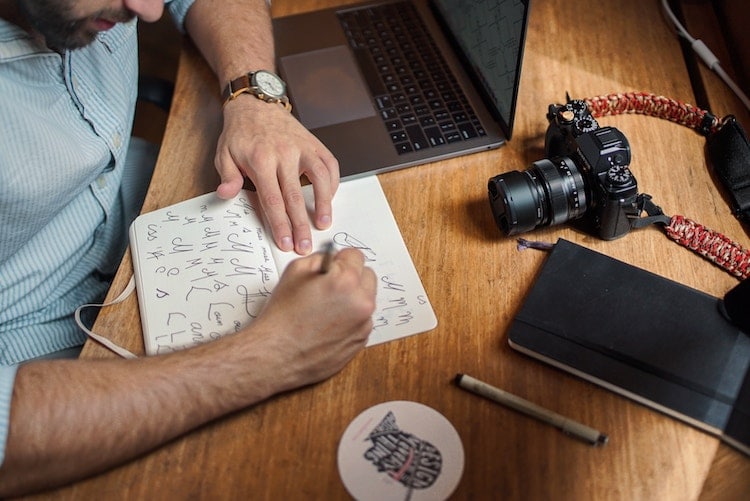Creativity is a muscle — like any other. Sure, some people have a natural talent for certain things and can do them effortlessly, but for the rest of us, it takes regular exercise to stay in top form. The more you use your creative muscles, the easier it gets to go back again when you need that boost.
You might not know it yet, but finding your creative niche as an artist is probably one of the most important decisions you’ll make on your path to becoming a successful creator. After all, your chosen art form shouldn’t just be enjoyable — it should also represent something deeply personal about yourself. In this article, Lakewood-based painter David Segal, will explain everything you need to know about discovering your niche as an artist and finding the right path forward.

Decide what you want to create
No matter which artistic medium you choose, finding a creative niche will help you get out of the creative rut. It’ll also help you get a better sense of how to best serve your audience and make a living as an artist. If you’re struggling to find a niche to get excited about, it may be because you don’t yet have an idea in mind. The first step is to decide what kind of work you want to create. Is it realistic to expect to make a living out of an obscure interest like pottery? No, but it’s important to find something that appeals to you on an emotional level — and while it doesn’t have to be a lucrative endeavor, it should also be something you’re excited to do.
Research your target market
Before you dive right into creating your first piece of work, you should first discover who you’re creating for and what kind of content they’re looking for. You can do this with a little research. Start by looking into your audience — who are your potential customers? What do they want from you? What kind of content do they like to see? Once you’ve got a better sense of who you’re creating for, you can start looking for other thinkers who might be interested in what you’re doing.
Find other creators who share your audience
Now that you know who you’re creating for, you can start looking for other creators who share a similar audience. There are a lot of online communities where artists can share their work, so make a list of some of your favourite social media platforms and forums. For more inspiration, you can check out David Segal Lakewood on Twitter.
Once you’ve got a few under your belt, you can start exploring the profiles of the creators you find and see what kind of conversations they have going on. If someone is posting a lot, you can usually get a sense of whether or not they have a loyal audience. If they do, try to find out what people like about their work — especially if they have a particular niche in mind that you want to explore, too.
Write and publish your work
This part can feel like the scariest — after all, you’ll be putting your creative efforts out into the world for the first time. It’s important to remember that no one is judging you, though — you’re just making some new friends on the internet. The first thing you should do is to get out your notebooks and pen. If you’re serious about finding success as an artist, you’ve got to get used to writing down your ideas. You can journal or use a blogging platform like WordPress — just make sure you’re getting everything down so you don’t forget it later. Next, you need to get your art out there. This can be as simple as posting on Instagram or sharing your work on Facebook — just make sure to follow some basic rules so your work isn’t taken down.
Get feedback from your audience
When it comes to feedback, you don’t need one-sided adoration. You just need to have people willing to tell you if your work is any good or if they like it at all. You can get this feedback in a couple of different ways. First, David Segal Lakewood suggests, you can try advertising your work on social media. Try to post at least twice a week with a new caption or image. Other creators will be able to give you some constructive criticism you can use to grow as an artist. Next, try community-based art criticism platforms like Yelp, or you can also start a blog dedicated to sharing your work.
Set yourself goals for the future
It can be frustrating to get stuck on one idea and want to try something completely different. But what happens when you successfully build an audience on your new idea and find yourself once again in the rut of doing the same thing? It can be disheartening, but knowing when to change paths can be the difference between being stuck and being successful. That’s why it’s important to set yourself some goals for the future. If you want to explore a new subject, find something to inspire you — whether it’s a trend in art or a new way of looking at the world, you can take inspiration from just about anything. Your goals can be as simple as wanting to continue to expand your audience or wanting to make more money doing what you love. Whatever your goals are, knowing where you want to be in the future helps keep you focused on what you need to do now.